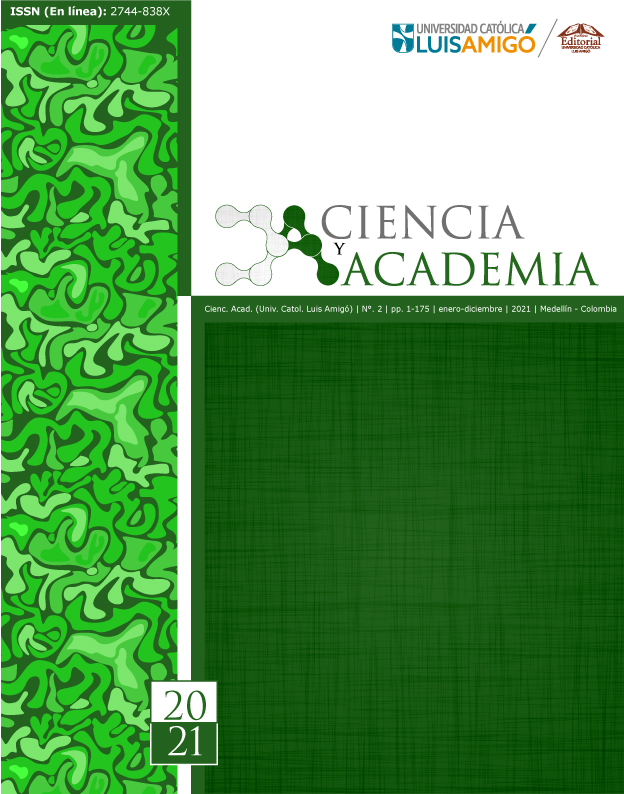Politics and Corruption in the “Rebellion on the Farm”
DOI:
https://doi.org/10.21501/2744838X.4270Keywords:
Social movement, Corruption, Political corruption, Authoritarianism, Politics, Communism, Constitution, Revolution, Totalitarianism, DemocracyAbstract
The purpose of this essay is to identify within a piece of universal literature “Rebellion on the farm” by George Orwell, the political and sociological elements determining in the deed of emancipatory social movements, within the framework of authoritarian regimes such as the one experienced in the twentieth century with the Soviet case. The methodology used is analytical-interpretative, qualitative, and having as sources of information the aforementioned work and other relevant bibliographic pieces. As a result of the exercise developed, this essay is presented, where the main characters of the studied work and its interpretation are presented in the light of concepts of interest to politics and law, such as political systems, social movements, authoritarianism, and corruption.
Downloads
References
Beuchot, Mauricio (1997). Argumentación y falacias en Aristóteles. Tópicos, (12), 9-18.
Corte Constitucional de Colombia. (1998, 5 de agosto). Sentencia C-397/98 (Fabio Morón Díaz, M.P.). https://www.corteconstitucional.gov.co/relatoria/1998/C-397-98.htm
Hobbes, T. (1980). Leviatán. Editora Nacional.
Orwell, G. (2006). Rebelión en la granja. Booket.
Rubio, J. R. (2008). La fuente de la corrupción política: la teoría de Rousseau sobre las tres voluntades del ciudadano. Revista de Estudios Políticos, (141), 105-132.
Published
How to Cite
Issue
Section
License
Copyright (c) 2022 Ciencia y Academia

This work is licensed under a Creative Commons Attribution-NoDerivatives 4.0 International License.
La revista y los textos individuales que en esta se divulgan están protegidos por las leyes de copyright y por los términos y condiciones de la Licencia Creative Commons Atribución-No Comercial- 4.0 Internacional. Permisos que vayan más allá de lo cubierto por esta licencia pueden encontrarse en http://www.funlam.edu.co/modules/fondoeditorial/






